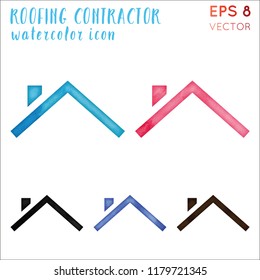Essential Seasonal Aspects Of Commercial Exterior Painting: What You Must Comprehend
Essential Seasonal Aspects Of Commercial Exterior Painting: What You Must Comprehend
Blog Article
Content By-Doherty Skafte
When you're planning an industrial external painting project, seasonal factors can make or damage your outcomes. You'll wish to think about how temperature level and moisture impact paint application and drying times. Choosing the best season can guarantee your paint adheres effectively and lasts longer. But which seasons are genuinely the very best for this type of work? Let's explore the key elements that can impact your project's success.
The Influence of Temperature Level on Paint Application
When you're intending an industrial outside painting task, the temperature can dramatically impact just how well the paint adheres and dries out.
Ideally, you want to paint when temperatures range in between 50 ° F and 85 ° F. If it's too cold, the paint may not heal properly, bring about concerns like peeling or cracking.
On the other side, if it's as well hot, the paint can dry too promptly, stopping proper attachment and causing an uneven finish.
You need to also consider the moment of day; morning or late afternoon offers cooler temperature levels, which can be a lot more desirable.
Always examine the producer's suggestions for the details paint you're using, as they usually provide advice on the suitable temperature level range for ideal results.
Humidity and Its Impact on Drying Times
Temperature level isn't the only ecological variable that affects your commercial exterior painting project; moisture plays a substantial role also. High moisture levels can slow down drying times dramatically, affecting the overall quality of your paint task.
When the air is saturated with moisture, the paint takes longer to cure, which can result in issues like poor attachment and a greater risk of mold growth. If you're repainting on a specifically damp day, be gotten ready for extended wait times in between layers.
It's important to keep track of neighborhood climate condition and strategy as necessary. Preferably, aim for humidity degrees in between 40% and 70% for ideal drying.
Keeping these consider mind guarantees your task stays on track and delivers an enduring surface.
Best Seasons for Commercial Exterior Paint Projects
What's the best season for your industrial outside painting tasks?
https://www.realtor.com/advice/home-improvement/accent-walls/ and very early fall are normally your best options. Throughout these periods, temperature levels are light, and moisture levels are commonly lower, developing optimal problems for paint application and drying.
Prevent summer season's intense heat, which can cause paint to dry as well rapidly, causing bad bond and surface. In a similar way, winter season's chilly temperatures can impede appropriate drying and treating, risking the long life of your paint task.
Go for days with temperature levels between 50 ° F and 85 ° F for optimal results. Keep in mind to examine the regional weather forecast for rain, as wet conditions can wreck your project.
Planning around best house painters guarantees your painting project runs smoothly and lasts much longer.
Verdict
Finally, planning your industrial external painting jobs around seasonal factors to consider can make a considerable distinction in the end result. By organizing house painters phoenix during the optimal temperatures and moisture levels, you'll make sure much better bond and drying out times. Keep in Source Webpage to watch on regional weather forecasts and choose the correct time of year-- springtime and very early autumn are your best choices. Taking these actions will help you attain a resilient and expert surface that lasts.
